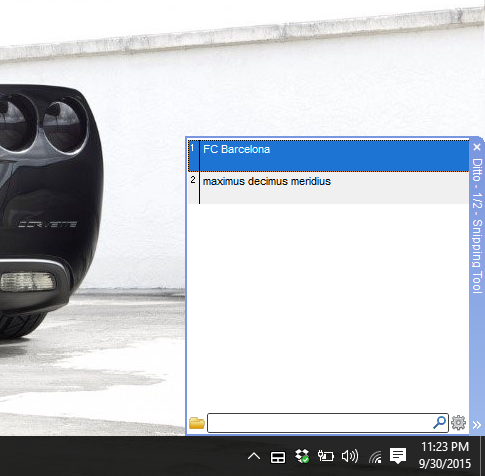It is heartening when technology comes in handy for people who have been disabled due to paralysis due to spinal cord injury, giving them a new lease of life. For example the Indego exoskeleton which helps stroke patients walk upright as opposed to spending the rest of their lives in a wheelchair. Exoskeletons have also been used for other applications like going into dangerous territory which is affected with nuclear radiation. But now there is a mind-controlled robotic exoskeleton coordinated by Space Applications Services NV which uses complex technology to bypass the spinal cord and rerouting the brain signals to the exoskeleton, in a way hacking the brain signals to the robotic exoskeleton and help the paralyzed patients get back on their feet. This project called Mindwalker is funded EUR 2.75 million by the European Commission and aims at hacking the brain signals to control advanced orthosis and other medical conditions where the patient cannot walk.
# Mindwalker specifications
• This robotic exoskeleton can bear a weight of 100 kg adult and is capable of adjusting to user’s specific instability like the torso movement while walking or when being pushed accidentally by someone on the road.
• Unlike other exoskeletons, Mindwalker robotic exoskeleton is light-weight with a weight of 30 kg (without batteries) and the final version will be self-powered and designed precisely to minimize energy consumption.
• Energy efficiency is achieved by the use of springs fitted inside the joints of exoskeleton which absorbs the energy dissipated during walking.
# Technology behind Mindwalker robotic exoskeleton
To control the exoskeleton two methods are used, one that used steady-state visually evoked potential which reads the flickering visual stimuli to evoke correlated EEG signals for initiating commands like walking faster or slower; while the other one uses EMG signals generated by the user’s shoulders and the natural arm-leg coordination to control the exoskeleton’s commands. Yet there is another approach which uses the EEG Theta cortical signals produced in the brain itself, but as this was a very complex the Mindwalker team dropped it.
# Exoskeleton’s advanced mind-control aesthetics
The Brain controlled interface (BCI) and brain/neuronal computer interaction (BNCI system) is the key to this exoskeleton that converts electroencephalography (EEG) signals from the brain or electromyography (EMG) signals from shoulder muscles, into electronic commands which in the end control the Mindwalker exoskeleton. The Laboratory of Neurophysiology and Movement Biomechanics at the Université Libre de Bruxelles (ULB) focused on these signals while the other team, Foundation Santa Lucia in Italy came up with the methods to work around EMG signals that are based on neural and biomechanical ocillators.
# How Mindwalker robotic exoskeleton is controlled by the user?
• Limit-cycle walking advanced control strategy is used to control and predict the movement of user during walking which avoids loss of balance and walking direction; thereby giving the user more stability without any worries of falling.
• The user learns to control the Mindwalker exoskeleton by training on a virtual-reality program developed by Space Application Services which provides the user with an immersive environment to learn to walk with this robotic system.
# When will Mindwalker robotic exoskeleton make it to the real world situation?
Mindwalker team is looking to test the robotic exoskeleton with able-bodied trial users by the end of this year and thereafter the system will be transferred to the Foundation Santa Lucia for clinical tests. Then the system will be ready to be available for use.
# Other applications of this robotic exoskeleton
• Could be viably used for rehabilitation of stroke victims
• Develop exoskeletons for elderly people for mobility support
• Train astronauts to rebuild muscle mass after spending time in zero-gravity environments
Via: AzoRobotics
Comments












